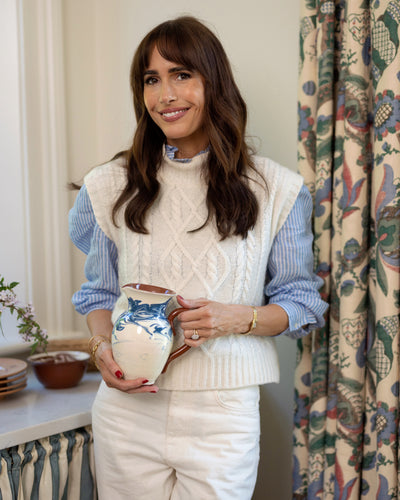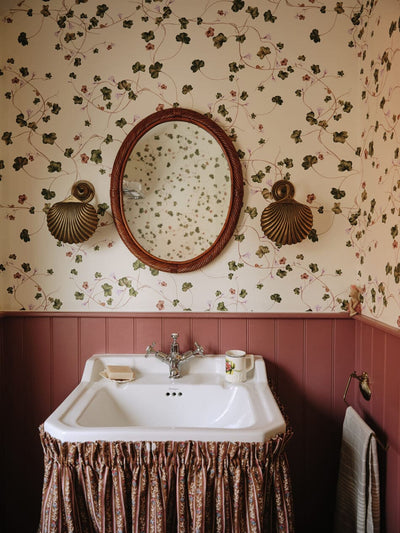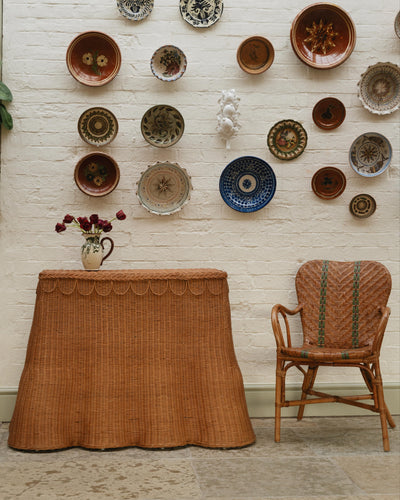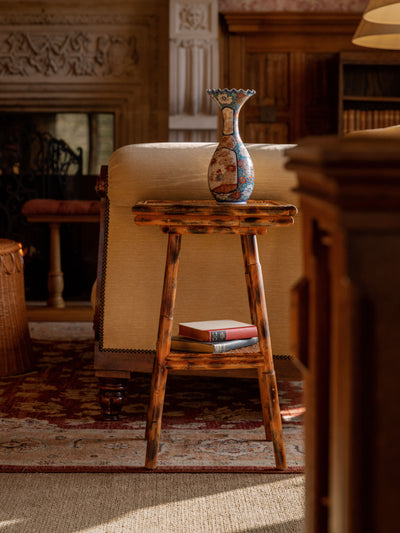When designing my lovely little garden in London, I knew it would be a bit of a challenge. City gardens are often dismissed as the space is not always forgiving, however, with some careful planning and a few clever design tricks, they can turn into cosy oases to relax in. Below I have collected a few tips I wish I had known before designing my urban garden.
1) What’s it for?
Before starting to design the garden, it’s essential to decide on its intended purpose. Is it going to be ornamental, do you want to grow vegetables and herbs in it? Is it purely aesthetic or do you want space for the children to play? I knew that our garden should be a space equally good for outdoor entertaining and for the children to enjoy. So, I prioritised a design, including a large lawn space and great outdoor furniture, that made that happen.
2) Plant smart
With space often at a premium, proximity to a busy road or heavy shade in city gardens, establishing which types of plants and blooms are best for your space is crucial. For example - in shady areas try evergreens like ‘Jack Frost’ and ‘Apple Blossom’ - they are also great as they can help protect against pollution and create privacy; and if you’re in a noisy area, try a Yew hedge, it’s perfect for muffling sounds.


3) Find the Sun
Again, before starting the design process, try to work out how much light your garden gets and where the sun hits it. This not only affects where you should position your plants but also where the garden furniture should be placed for that perfect sunny spot for lunches in summer!
4) Incorporate a shed of some sort
Now, a lot of city gardens do not have the space for big sheds but trust me, even small ones will do. They’re just great to have somewhere to compost and to neatly store away all the garden tools and pots that have a habit of cluttering up and taking up space in the house.
5) Pick small tiles!
Avoid large stone paving and instead, choose the smallest paving or tiles- it’s a great way of giving the illusion of a bigger garden. And take your time in picking the right layout and design as they can help make the space seem more spacious and organized.
6) Curved garden, curved lines, square garden, straight lines
This is a rule that many garden designers’ debate: some think that square gardens can be made more interesting and divided by introducing circular shapes. However, I think that if maximising space is the goal – curved gardens work well with curved borders and geometric gardens are maximised by geometric flower boxes, beds and furniture.
7) No lawn, no worries!
If you have an outdoor space but no lawn, you can still incorporate flowers and greenery. Use a selection of pots and planters in different shapes and sizes to accommodate your plants. These are brilliant as they are so versatile - you can bring them inside to protect the blooms when the frost comes and can be moved around the garden whenever you feel like a change. And if the space is too small, or surrounded by high walls, think vertically! Grow creepers or add trellises on the walls, I love Rose, Wisteria or Clematis. They are a great alternative to flower vases as they still give you that beautiful scent and visuals without taking up any floor space.










